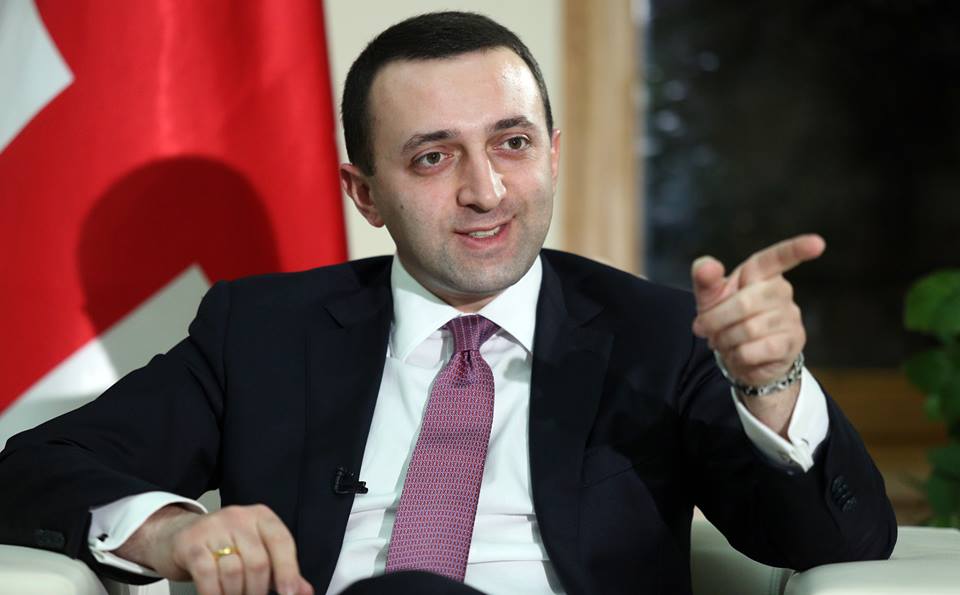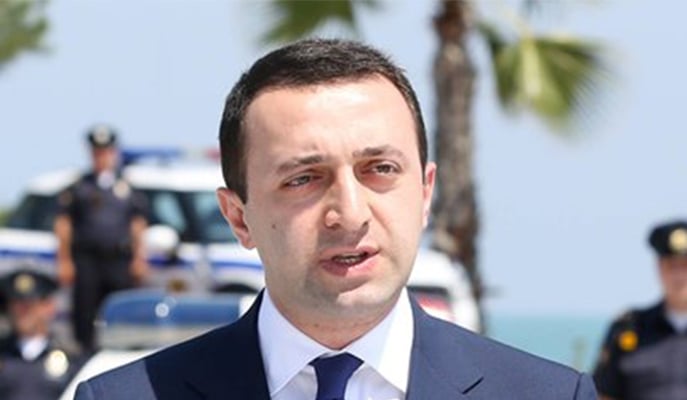During his meeting with citizens in Sagarejo, the Prime Minster of Georgia, Irakli Gharibashvili, stated: "We constructed more bridges and roads in three years than Saakashvili managed to do in the nine years of his office. However, unlike him, we are not trying to pretend that we have built more than we really have. This is the working style of our government. We are only telling the truth."
FactCheckverified the accuracy of this statement at the request of our readers.
In order to verify the accuracy of the aforementioned statement, we requested information about rehabilitated and constructed roads and bridges from 2005 to 2014 from the Roads Department of Georgia. It should be noted that these statistics do not include information about domestic (local) roads and bridges which were rehabilitated using local municipality funds. Given the fact that requesting information from every one of the country’s municipalities would delay the process of our research, we are basing our study solely upon the statistics of the Roads Department of Georgia.
According to the information of the Roads Department of Georgia, a total of 3,434 km of roads were rehabilitated or periodically repaired from 2004 to 2012. A total of 484 bridges were also rehabilitated whilst no new ones were built.
Table 1:
Roads (km) and Bridges Rehabilitated from 2004 to 2012
| No. | Year | Rehabilitation-Periodic Repairs | ||
| Km | Bridges | Constructed | ||
| 1 | 2004 | 276 | 32 | |
| 2 | 2005 | 215 | 68 | |
| 3 | 2006 | 322 | 58 | |
| 4 | 2007 | 580 | 41 | |
| 5 | 2008 | 337 | 36 | |
| 6 | 2009 | 630 | 98 | |
| 7 | 2010 | 600 | 100 | |
| 8 | 2011 | 274 | 23 | |
| 9 | 2012 | 200 | 28 | |
| Overall | 3,434.0 | 484.0 | 0.0 | |
It should also be noted that according to the information of the Roads Department of Georgia, a total of 220 km of roads were rehabilitated in terms of the Millennium Challenge Georgia Road Rehabilitation Programme in 2009 and 2010. A total of 3,654 km of roads were rehabilitated from 2004 to 2012.
As for the statistics from 2013 to 2015, according to the data of the Roads Department of Georgia, a total of 730.3 km of roads and 109 bridge passes were rehabilitated in this period. About 23 new bridges were constructed in the same period of time.
Table 2:
Roads (km) and Bridges Rehabilitated from 2013 to 2015
| Year | Rehabilitated Roads | Rehabilitated Bridge Passes | New Bridges |
| 2013 | 260 km | 45 | 9 |
| 2014 | 265 km | 42 | 11 |
| 2015 (October) | 205.3 km | 22 | 3 |
| Overall | 730.3 km | 109 | 23 |
We also asked the Roads Department of Georgia for statistics about the on-going activities on the high-speed motorway from 2006 to 2015 and the number of finished roads.
Table 3:
On-going Activities on the High-Speed Motorway from 2006 to 2015 and Finished Roads (km)
| Year | Active | Finished |
| 2006-2012 | 280 km | 68.5 km |
| 2013-2015 (October) | 321 km | 85.2 km |
As the statistics reflect, there were on-going activities on 41 km of roads with 16.7 km more of the roadway opened in 2013-2015 than in the period from 2006 to 2012 (when the United National Movement was in power). However, it should be pointed out that the construction of parts of those roads currently completed had been planned and started before 1 October 2012 (FactCheck wrote
about this earlier as well). The funds for the construction of most of the parts of the high-speed motorway were mobilised and allocated before 1 October 2012 (except the Samtredia-Grigoleti highway [50 km] and the Agara-Upper Osiauri part of the Tbilisi-Senaki-Leselidze highway).
Conclusion
A total of 3,654 km of roads were rehabilitated from 2004 to 2012 whilst 730.3 km of roads were rehabilitated from 2013 to 2015. As for bridges, a total of 484 bridges were also rehabilitated whilst no new ones were built from 2004 to 2012. About 23 new bridges were constructed and 109 rehabilitated in the period from 2013 to 2015.
As for the work on the high-speed motorway, 16.7 km more of the roadway were opened during the office of the Georgia Dream coalition as compared to the period when the United National Movement was in power. However, it should be pointed out that the construction of these parts of the high-speed motorway were planned and started before 1 October 2012.
Hence, FactCheck concludes that Irakli Gharibashvili’s statement is MOSTLY FALSE.








